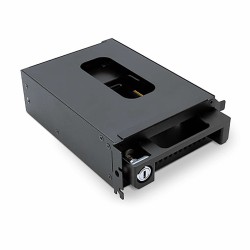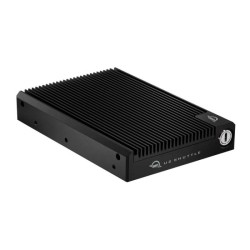- favorite 0 likes
- comment 0 comments
Menu
-
MenuBack
-
Our Brands
-
-
Computers
-
-
Apple Computers
-
-
-
IT equipment
-
-
IT peripherals
- Accessories and other add-ons
- AV Over IP
- Card readers SxS, CFast, CFexpress, RED, XQD, AJA, other
- Docking Station and Hubs for Thunderbolt, USB4 and USB-C
- External drives
- External SAS and SATA Controllers
- Kable Thunderbolt, USB, HDMI, DP
- Klawiatury specjalistyczne
- KVM Switches
- LaCie 2big Dock v2 Thunderbolt 3
- LTO, Archiving
- Mounting systems for Apple Mac computers
- Obudowy i dyski DAS, SAN Thunderbolt
- Optical modules for network devices
- PCIe Thunderbolt Card Expansion - encolsure
- Serwery NAS
- Thunderbolt and USB drive bays
- Thunderbolt, USB-C network adapters
- Video Adapters
- Video capture cards
-
-
-
-
Network devices
-
-
-
LTO, Data Archiving
-
-
Qualstar LTOQualstar LTO
-
LTO drives and libraries service
-
-
Software
-
- Data recovery
- Price drop Promotion
- New products Whats NEW!
- Outlet
- Our Blog
- B2B
- Contact







Comments (0)